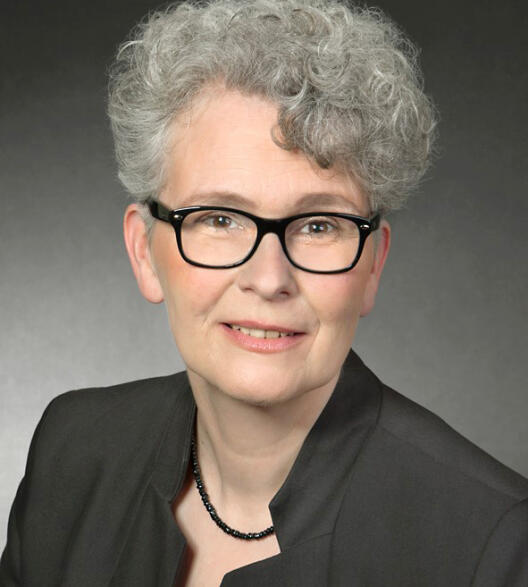“The challenge lies in the qualification phase”
Women are worldwide underrepresented in science. This is especially noticeable in the future-oriented MINT subjects – mathematics, computer science, natural sciences and technology. The International Day of Women and Girls in Science on 11 February, which was initiated by UNESCO in 2015, emphasises the importance of women and girls in science. Dr Adrienne Hammerschmidt, chemist and member of the board of directors at MEET Battery Research Center of the University of Münster (WWU), explains the opportunities and challenges for female scientists and makes helpful proposals for planning a career in science.

Why did you decide on a scientific career in chemistry?
Hammerschmidt: “Chemistry was already my favourite subject at school and studying this discipline was therefore the next step for me. The idea of staying in science developed during my doctorate in inorganic solid-state chemistry. After a family break, I had the chance to return to the University of Münster to join the special research area ‘Ion Movement in Materials with Disordered Structures – from Elementary Step to Macroscopic Transport’. I was able to continue thematically with my doctorate in a future-oriented subject area while at the same time achieving a good work-life balance.”
What advice do you offer young female scientists who decide to pursue a career in chemistry?
Hammerschmidt: “Networking is extremely important. Both the classic way of making contacts at congresses or trade fairs and presenting your own research results are very important. Be self-confident and show what you can do. A stay abroad during your doctorate or in a post-doctoral programme is also recommended to gain experience and expand your own network. Further training is also beneficial, such as in my case the WWU programme "Women Manage Academia". In general, it is important to keep in mind the multitude of career opportunities. Research management for example becomes more and more important. It is an extremely fascinating field, not only for women, of course, but also for women.”
Research potential worldwide is not yet fully exploited because there are still too few highly qualified women working in research. What are the possibilities to change the situation?
Hammerschmidt: “Getting girls and women excited about research at an early age is the first step. At MEET, we take part in programmes like the ‘Mouse’ Open Day or the Girls' Day. Furthermore, we cooperate with schools in various projects. We want to inspire female chemistry students to do a master's thesis or later a doctorate in battery research through our offers in the master's module. The biggest challenge, however, lies in the qualification phase: the time during and after the doctorate often coincides with family planning. Expectant and young mothers who want to advance their careers in this phase need good coaching and appropriate structures. Specifically in chemistry, for example, the idea that pregnant women who are no longer allowed to work in the lab themselves are supported in laboratory work. And, of course, flexible childcare options. Just like the idea of both parents contributing equally to childcare, whether through shared parental leave or part-time work on both sides.”
What do you wish for the future regarding women and girls in science?
Hammerschmidt: “I wish that women could pursue their career goals as naturally as men. MEET takes a good approach and offers many options. It is extremely positive that our current junior research group is headed by a woman, Dr Karin Kleiner, who prevailed in a highly competitive selection process. I hope this example also encourages young girls and women to choose science.”

